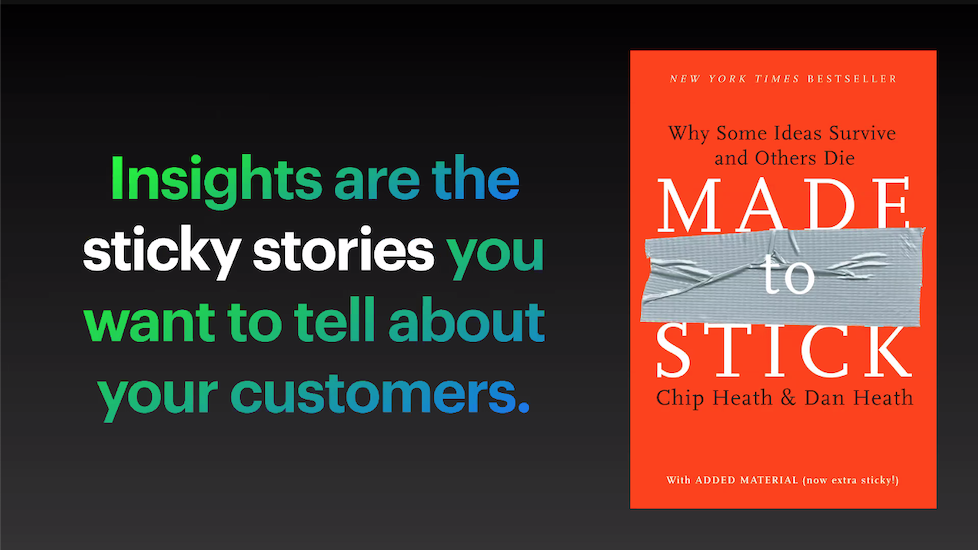If you are looking to change jobs or looking to hire, right now is an interesting time! We’ve been hearing ‘product is in demand’, there’s an impact on salaries and OMG! It’s the ‘great resignation’.
But what is really happening out there? We have a panel of folks in the thick of it to help understand what’s really happening.
Join us to hear what’s really affecting how they hire, what’s the same and what is changing and ask your questions! This is an Ask Me Anything (AMA) format. This is for both folks looking to hire and those looking for work or ‘open to opportunities’. We’ll be using slido for questions (#hiring) and it will be a hybrid session – so folk are welcome at our host location and online. RSVP now.
Our Speakers
Megan McDonald, Head of Product & Experience Design at World Vision Australia.
Megan has been working in Product roles for over 15 years, and over this time has experienced first-hand the exciting transformation of the role of product in organisations. She’s very ashamed to admit that in her early days as a fin services Product Manager she built products that were designed to extract revenue by limiting customer value .. yep, on purpose! But, in the years that followed, she’s also super proud to have been involved in the evolution of product into the truly human-centred practice it is now.
Megan is a passionate believer in the value that good Product Management can deliver to organisations and their customers, and is busy putting “my money where my mouth is” as a council member of the Association of Product Professionals, working hard to advance the product profession.
Day to day, Megan leads the Product & Experience Design function at World Vision Australia, and an amazing team focused on delivering Australia’s favourite charity experience. “I feel so lucky in this role because I get to solve real customer problems by building sh*t that works, all in the service of eliminating global poverty. And at the same time, I’m helping to create the next generation of product and design thinkers and practitioners.”
Georgia Hart, General Manager, Middleton Executive
Georgia moved to Melbourne roughly 5 years ago with just $200 in her pocket after spending her travelling budget way too soon (oops!). She found myself back in recruitment, learning the Australian landscape and quickly found that there are a lot of very cool start-ups and companies creating a big impact in the world. Georgia had traditionally always recruited Engineers with a little bit of Delivery & Product on the side but wanted more of it so joined Middleton Executive. Middleton Executive is a talent partner of choice for some of Australia’s most eminent tech and product companies and was founded to connect people in the product space. She’s had the pleasure of working with some awesome brands such as SEEK, Whispir, Papercut and is learning from some of the best product leaders in Australia. Big shout out to them for teaching her so much!
In her own words “There’s no denying that the last 2 years have been a rollercoaster. In March, all my clients stopped hiring, people were losing their jobs, it was sheer panic. I found myself out of a sales role and in more of a position to support people navigate through the unknown. 2 years on and here we are, in the busiest market I’ve ever found myself in and having to learn new skills to attract the most in demand talent.”
Shiyu Zhu, Group Product Manager, Zendesk
Shiyu is an experienced Product Manager with 5+ years of experience in building product roadmaps and shipping features in an agile environment. She is problem-driven and likes to take a customer centric approach in every product feature to make sure it has an impact and solves for a real customer problem. Currently hiring at Zendesk, Shiyu has some key learnings about how the organisation has had to make adjustments in their approach in the current climate.
Our Host
Intelligence Bank
IntelligenceBank is the leading innovator in digital assets management and marketing operations. The company helps marketing teams seamlessly manage digital assets, creative content approvals, marketing compliance, and creative project management to ensure brands get to market quickly, stay on brand and ensure regulatory compliance. IntelligenceBank’s beautifully designed platform is used by over 400 brands with 500,000+ users in 55 countries. IntelligenceBank has offices in the U.S., Canada and Australia. Follow them on LinkedIn
.




